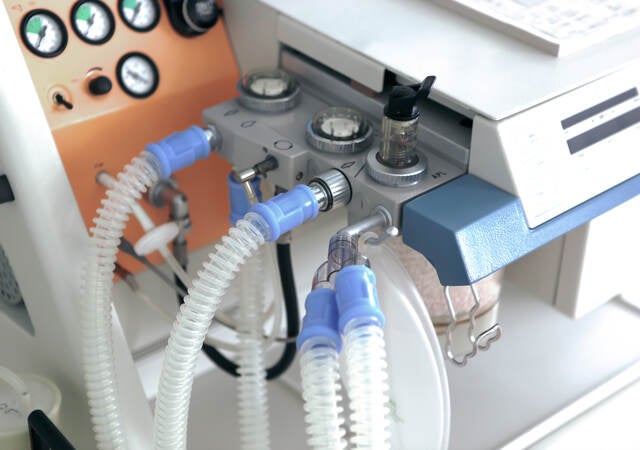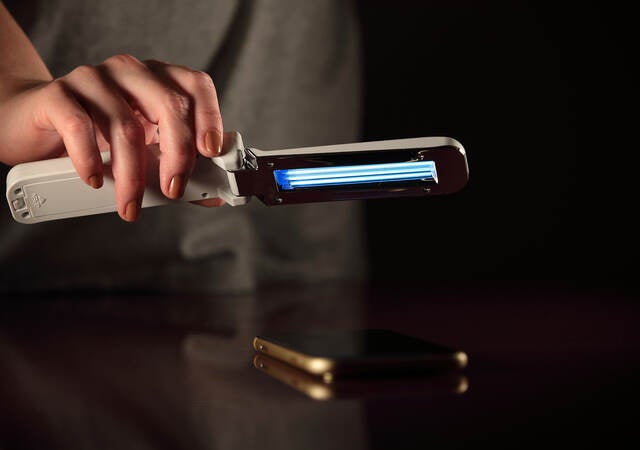May 30, 2023
By Elizabeth Pugh and Evangeline Loh
Medical device manufacturers should assess any changes to their device design or intended purpose to determine if they are considered significant under newly updated EU regulatory guidance.
Article 120(3) of the Medical Devices Regulation (MDR) 2017/745 lets us imagine what could constitute “significant changes in the design and intended purpose.” This is pivotal. If a manufacturer’s device meets the conditions of Article 120 and the change in design or intended purpose is not significant, the device can continue to be placed on the EU market.
To the credit of the European Commission and Medical Device Coordination Group (MDCG) expert groups, MDCG 2020-3 on significant changes under the MDR was released in May 2020 to facilitate our consensus interpretation.
It is not a surprise that Regulation 2023/607 magnifies the importance of guidance and particularly this MDCG.
MDCG 2020-3, Revision 1 released in May 2023
Three years later (May 2023), the guidance was updated to Revision 1. The document has been tremendously enhanced to account for the amending legislation and experience gained from the application of the guidance and to align with the corresponding IVDR guidance (MDCG 2022-6). The guidance increases to 21 pages (from 14 pages which included an unnecessary two pages for three of the charts) and more structured sections and examples. The Annex still consists of one chart and five sub-charts (chart A-E), though now accompanied by an additional eight pages of text.
Scope of guidance
The scope is essentially the same except for the emphasis on legacy devices. Newly inserted Section 4.1 General better explains two cumulative events. There must first be a change in design or intended purpose and second, the change is significant.
Section 4.2 which is newly added, qualifies what are not changes in design or intended purpose. Changes to a manufacturer’s organization (administrative changes) or changes to a manufacturing process are not significant. As an example, “changes in monitoring and control of product and operations environment” are typically not significant. Changes to the authorized representative are not significant. Examples follow. Section 4.3.2.1 also discusses general considerations for changes that are not significant.
What has changed with the charts?
The main chart has a nominal change: corrective actions are considered first. For Decision E, shelf-life is added for clarity.
There are a few changes with the sub-charts. Chart A, Decision A2 deleted “change” to more succinctly consider “extension of intended purpose” and A4 was renamed from “clinical use” to “way of clinical application.” Chart B has changed: the prevision Decision B3 is now highlighted as Decision B1, Decision B2 is rewritten and the previous Decision B1 is eliminated. Chart C previous Decisions C4 and C5 are combined to Decision C4, new Decision C5 and previous Decision C6 is eliminated. Chart D had been considered to apply to a substance in the original release though this is explicitly labeled. Decision D2 is reworded and Decision D3 added when the material/substance is in contact greater than 30 days with patient tissue or fluid (surgically invasive) is significant. Decision D3 is eliminated and new Decision D4. Chart E previous Decision E4 now divided into Decisions E4 and E5.
The last Decision of Charts B-D (Decisions B2, C5, and D4) reminds us that if the change negatively impacts the benefit/risk ratio, the change is significant.
Why consult the guidance?
Revision 1 is replete with examples. These add color to the guidance and are based on experience from the MDR and application of this MDCG guidance. There are examples upon examples to support Chart B about changes in design.
In particular, for some device families, the question of whether an additional model is considered a significant change, is addressed. If the model is within the certified range or worst case or accepted bracket validations, likely not significant (examples); screw, catheter, and stent.
Concluding remarks
The revised Annex facilitates interpretation of when a change to the design or intended purpose is considered significant. It seems the greatest change is that it is stated that changes in material or substances for surgically invasive devices with body contact greater than 30 days is considered significant. The examples in the MDCG guidance are extensive and should be reviewed.
A manufacturer is advised to assess their change to the design or intended purpose with the charts and accompanying examples.
Get connected with our sales team
Thanks for your interest in UL's products and services. Let's collect some information so we can connect you with the right person.






